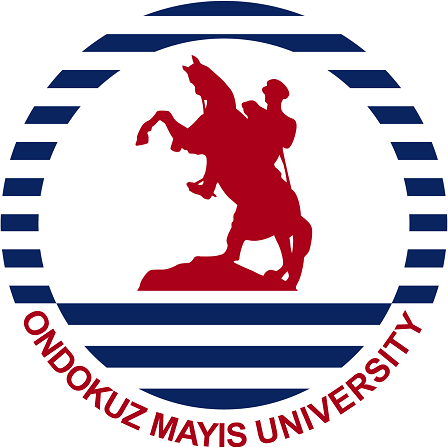With the permission of the Ministry of Culture and Tourism, General Directorate of Cultural Heritage and Museums, the Bolu/Claudiopolis Stadium excavation works were started on 21.07.2022 under the presidency of the Bolu Provincial Directorate of Culture and Tourism and the Museum Directorate. Samsun Ondokuz Mayıs University Faculty of Humanities and Social Sciences Department of Archeology Prof. Dr. It started on 21.07.2022 under the coordination of Davut YİĞİTPAŞA.
STADION
The city of Bithynium-Claudiopolis was established in the center of Bolu, in the area covering Hisartepe, Kargatepe, Fırkatepe and Uğurluanip hill. stadium; It was built by leaning on the south slope of Hisartepesi by using natural slope, using cut stones, without using mortar and with cladding technique. It extends parallel to İzzet Baysal Street in Akpınar district. As a result of the studies, it has been determined that 94.50 meters of the structure is still standing, and about the same amount has been destroyed long ago. Although it has only one row, it is considered to have been built in a 'U' plan type with a semicircular turning section called sphendone, since it continues in an inclined manner. A total of 5 sitting rows were unearthed. Seating rows are divided into 16 keiles (seating section between steps) with step sections descending in the north-south direction. The number of steps identified in the widest part of the stadium is 14.
STADION BOOK
The construction epitaph of the stadium was written on thin plates in a very regular way and placed in four panels on the balustrade that separates the running area from the spectator tribune in the middle of the building, thus emphasizing it visually. Although hundreds of building inscriptions belonging to the Roman Period are known in Anatolia, the architectural equivalent of this inscription found in Bolu is unknown. Approximately 20 meters. long inscription, 1 m. separating the running field from the northern spectator tribune. 7 thin marble slab inscriptions, which were seated on 4 panels in the middle of the high balustrade wall, were unearthed and 4 slabs could not be found. Inscription; It is engraved in two lines with fairly regular letters. The fact that these four panels, on which the inscription is placed, are visually brought to the fore; It gives the impression that this place forms the very middle of the stadium. In its Turkish translation, it is understood that the building was financed by Domitius Ponticus Iulianus and his family and was dedicated to Emperor Hadrianus, who was the ruler of the period.
OTTOMAN BATH
It was concluded that an architectural structure was found during the 2008 excavation, and that it belonged to an Ottoman Period building from the terracotta pipe and ceramic fragments, but no determination was made about the function of the building. The walls of the building, which is understood to be a bath, were built with coarse rubble stone, bricks and plenty of mortar. The walls of the building are plastered from the inside, but they are completely poured. It is an unpretentious, small size and single person bathing in the Ottoman period (Girçık, Çıkçık) bath. The name of the building, which was called 'Gir-Cik Bath' due to its lack of production, has been carried to the present day as 'Cik Cik Bath'.



...
